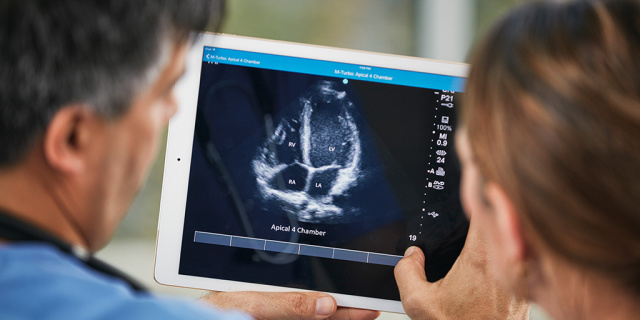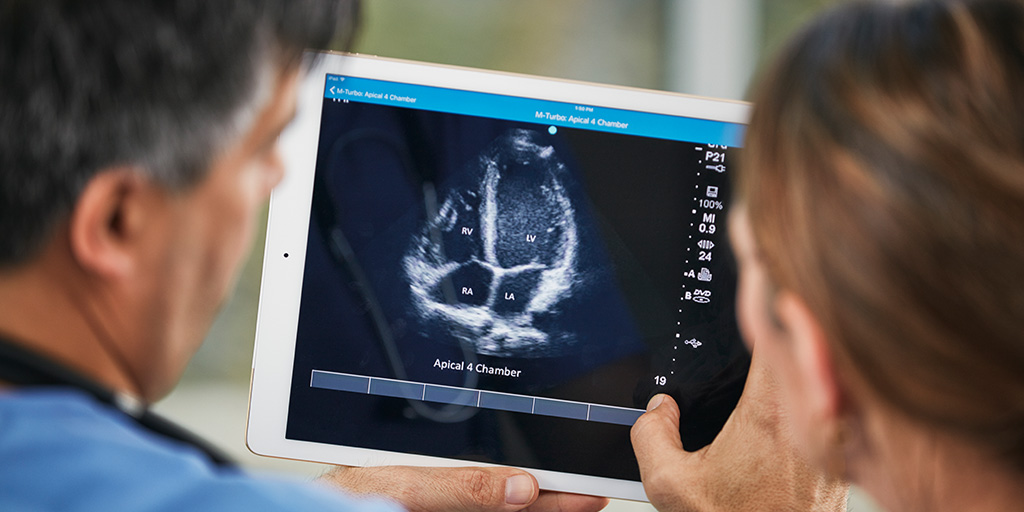

In October 2018, FUJIFILM Sonosite unveiled Sonosite Synchronicity, their new point-of-care ultrasound (POCUS) workflow system. In a June 2019 feature, DOTMed’s HealthCareBusiness Daily News took an in-depth look at Sonosite Synchronicity and reviewed how Sonosite Synchronicity brings greater efficiency to processing ultrasound data. DOTMed analyzed how Sonosite Synchronicity streamlined paperwork, ensured proper credentialing and quality of care, and captured lost revenue.
Streamlining Paperwork
Though POCUS has introduced flexibility and efficiency into hospitals, these devices had not previously been fully integrated with electronic health records, reporting systems, and programs. Sonosite Synchronicity software addresses this data gap by standardizing and streamlining exams, images, and reporting. With its DICOM viewer, the software can display images to assess patient status. Sonosite Synchronicity also standardizes reports and content needed for each patient.
The software pre-loads worksheets on the ultrasound device, allowing a clinician to select the desired procedure. The clinician scans a bar code on the patient’s ID bracelet, and that bar code is used to verify the patient’s exam, streamline billing, and transfer images to the hospital’s EMR system. This bar code system greatly improves efficiency and reduces paperwork.
Ensuring Proper Credentialing and Quality of Care
Hospitals and health systems need an efficient system for compliance, credentialing, and improving their overall quality of healthcare. Sonosite Synchronicity captures and distributes credentialing information as a by-product of a clinician’s daily work, reducing administrative time. Sonosite Synchronicity enables a peer-to-peer network that allows for analysis of images and evaluations. The system also automatically organizes the documentation by type of procedure and by the clinician. Administrators can then archive the images for the hospital’s quality monitoring system.
Capturing Lost Revenue
In addition, Sonosite Synchronicity is an ideal way to capture revenue. Emergency clinicians generally don’t know what their next patient will present with, and the emergency and critical care departments work at an accelerated speed. These factors often result in lost revenue. Sonosite Synchronicity enables efficient documentation and billing information that is adaptable to the fast-paced environment of emergency medicine and allows for improved revenue capture.
DOTMed concluded that by using Sonosite Synchronicity for their POCUS workflow, healthcare systems can achieve even more value from their ultrasound devices. The author also pointed out that Sonosite Synchronicity has positive effects that go beyond workflow efficiency:
“One of the advantages of this system over the current ad hoc approach is to minimize the frustration and time spent on paperwork — one of the top contributors to physician and staff burnout, a major problem for most healthcare systems. And while this advantage is likely to manifest in the ‘softer’ area of staff morale and enhanced physician wellness, it has a direct impact on the bottom line as well.”
